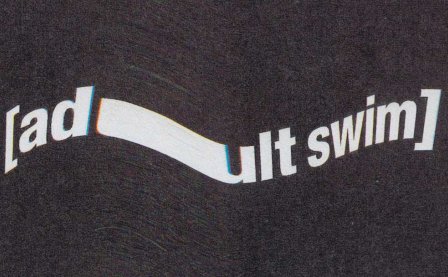Let’s all be adults here and accept that it’s legitimate to discuss chillwave considered as a genre. Let’s go even a little further than that, and note that the backlash against anything considered a popular (indie) trend is generally more of a bandwagon than the original trend itself, if indeed it ever existed — anti-hipsterism, I’m looking at you (through thick plastic lens frames). Of course, it may be that in saying this I represent the backlash to the backlash, but at this point the metadiscursivity is making my head spin, so let’s move on to the album. Along with Washed Out’s Life of Leisure, Neon Indian’s Psychic Chasms was perhaps early chillwave’s finest moment (please don’t ask me about Toro Y Moi, I just don’t like him). That piece summarized the glo-fi mood in its fusion of romanticist teen nostalgia with a lightness of touch melding into something that I wouldn’t describe as a sense of humor exactly, but as a low-key acceptance of lack-of-statement as a value in itself. These are qualities that are less apparent on Era Extraña. Indeed, that title itself, with its echoes of ‘strangeness,’ of existential and synthetic alienation (“It isn’t my fault/ That I’m strange”), signpost this shift in mood. Our carefree yet melancholy teen is all grown up, but it’s we who are disenchanted.
Thus, the lead single, “Polish Girl” (are we talking Eastern Europe or smooth shininess?), is as infectious as anything on Psychic Chasms, but that can’t be said for the rest of the album. Era Extraña is darker, with a hint of shoegazey rock, which is novel, and at times a veering toward a majesty that is never quite achieved. The lyrics, where they’re audible beneath the hypnagogic fuzz, tend toward the typical: lovelorn, that is to say. There are moments throughout that give an indication of what the album could be, of how it could live up to and develop on the debut, but they remain merely indications. Indeed, there is almost a sense of self-pastiche, which is appropriate, given that chillwave works on the basis of maudlin reinterpretation of earlier genres. But it’s perhaps in this that a dead end is reached, and that’s reflected particularly in the second half of the album, which seems to periodically lose its way in aimless, Com Truise-style bleeps and bloops (most obviously on “Future Sick,” which I can’t resist describing as ‘cinema lavatory’ music after unexpectedly recognizing it being piped into that location). Brief atmospheric interludes only add to this sense of incoherence.
That isn’t to say that there’s nothing to like about Era Extraña. It’s an agreeable listening experience with moments of catchiness and beauty throughout, and hints of an evolutionary path that leave future expectations open-ended. But, speaking of the temporal, in actively encoding nostalgia into music rather than recreating old genres in order to inspire that emotion in the listener indirectly (like everyone else is doing), chillwave may have painted itself into a chronological corner. Ultimately, this becomes a closed, Ouroborian world in which (back to the metadiscursive) the nostalgia being evoked is a nostalgia for nostalgia itself; the most appropriate metaphor here would be an endless cassette tape dub-to-dub. But where musicians like The Caretaker explore this not-so-new world (in all its postmodern glory) with a critical eye, Neon Indian merely inhabit it — for the present.
More about: Neon Indian




